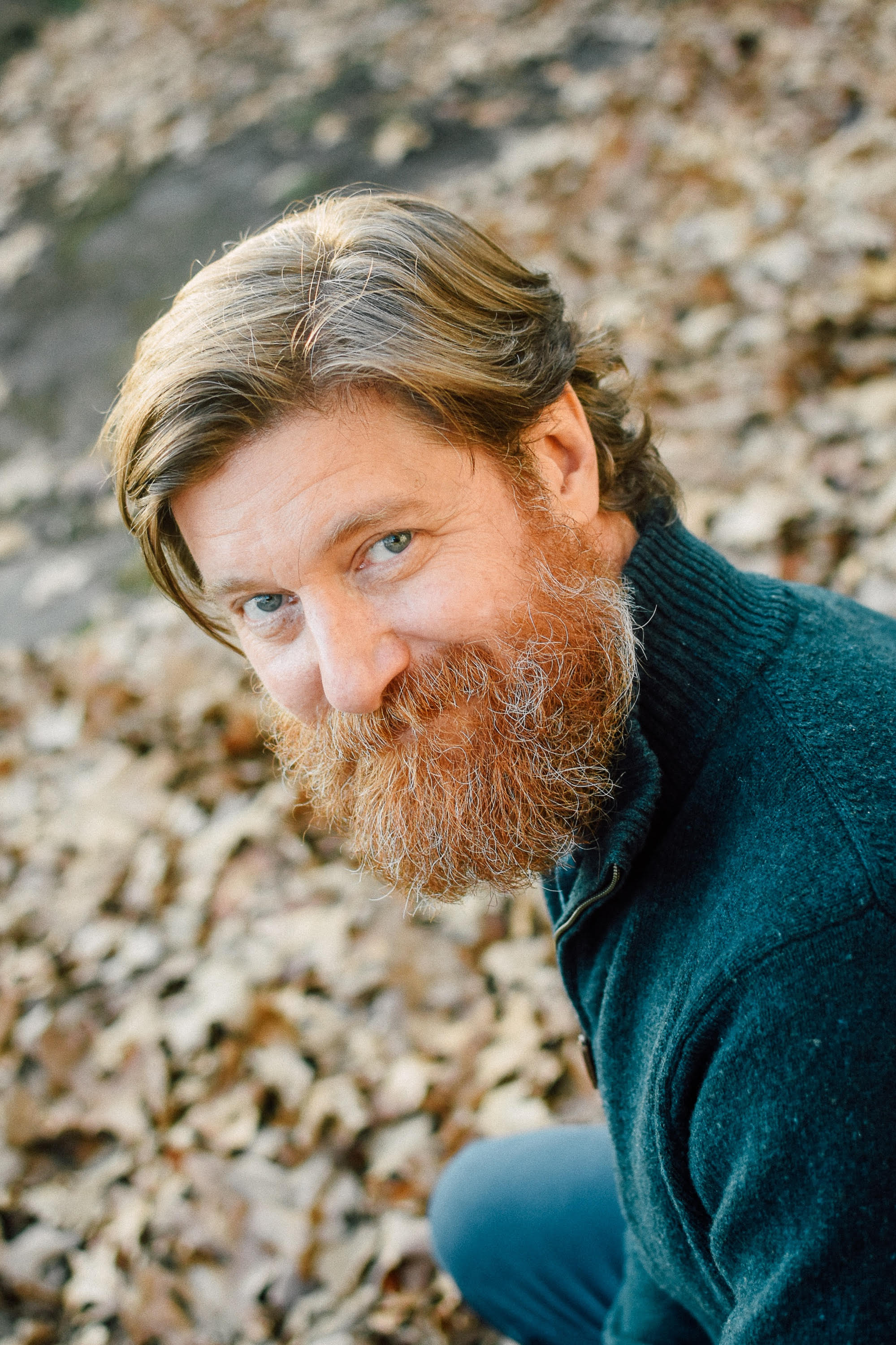Mark Barr describes himself as an Arkansas resident who "develops software and bakes bread." Now he can add writer to his patented skill set.
His debut novel, "Watershed," released earlier this month, has garnered praise from literary critics and fellow writers. Publishers Weekly describes it as a "powerful debut," "vivid" and "impressive." Doug Dorst, author of "S" with J.J. Abrams, says the story "reveals Barr as a writer of uncommon grace, skill and promise."
The book is set in 1937 in rural Tennessee as the Tennessee Valley Authority works to bring hydroelectricity into seven Southern states. The post-Depression federal dam project would modernize the region, but it would also displace 15,000 families and generate ill will through the use of eminent domain to seize property.
It's against these forces that Barr introduces his central characters, Claire and Nathan, a Tennessee housewife and a hydroelectric engineer, both running from their past.
Barr, 49, says he wrote the book "over about 12 active years spread over a 20-year period of time." He recently talked to the Times Free Press about how "Watershed" came to life. The conversation has been edited for clarity and brevity.
Q: TVA changed the landscape of the Tennessee Valley in the 1930s. How did you put yourself in that time period for "Watershed"?
A: By doing library searches, I found some informative books: "A Foreigner Looks at the TVA" by Odette Keun; "The Valley and Its People: A Portrait of TVA" by R.L Duffus and Charles Krutch; and "Origins of the TVA: The Muscle Shoals Controversy" by Preston J. Hubbard. In truth, though, I've never been a very enthusiastic researcher, and before long I always just want to get the writing underway. I think it was probably literature from around that period (Faulkner, Hemingway, McCullers and others) that gave me the best sense of the world that my characters would be inhabiting.
Q: What pieces (characters, plot lines) came together first?
A: In the mid-'90s, I was working in advertising. I had been tasked with writing a brochure for a client of ours, an electrical cooperative. I had never heard of such a thing. As I researched, I was blown away by the fact that there had been a 30-plus-year period in our country in which the cities had electricity and much of the countryside did not. I couldn't believe that, as far as our popular understanding of our history, this wasn't brought up more. I knew right then that I'd want to set a story against that backdrop. Nathan was the first character that I began to write. I imagined him to be the protagonist, and he is very important to the story, but Claire was the character that overtook her initial role, becoming the main focus of the book.
Q: What were some of the difficulties you encountered writing the book?
A: A first-time novelist has no shortage of difficulties. The chief one is, you don't know for certain that you can actually write a novel. I wrestled with that, as well as the problem that I write rather slowly, while working on the book. In the end, though, perseverance paid off.
Meet the author
Mark Barr will discuss “Watershed” at Star Line Books, 1467 Market St., at 6:30 p.m. Wednesday, Oct. 23.
Q: Arkansas, where you live, is peripheral to TVA's holdings. How has the agency figured into your consciousness over the years?
A: The first spark of the novel had to do with rural electrification, so for me, the TVA was a secondary issue. I knew that I wanted to set the story around the construction of a hydroelectric dam. Tennessee fit my requirements by having so many of them constructed around the time frame I was interested in. Once I began the work, I became more aware of the TVA through my research. Also, friends with Tennessee connections were always quick to mention the corporation when I told them what I was working on.
Q: The Chapter 16 review talks about your "crisp knowledge of the subject matter, from circuit schematics, to dam coffer construction, to the preferred make of overalls ..." Did you educate yourself through research, or do you have personal knowledge of hydroelectricity? And what of the overalls?
A: I've always been a rather technical person interested in how things work, were put together, could be built. And, in a sense, understanding how one thing works can give you a leg up on understanding how something else works. I think a lot of the interesting technical details from the book were wonderful side-effects of having taken so long to write the story. It gave me lots of time to find new facts and incorporate them into the novel. The overalls were a detail that I uncovered while searching through a pile of vintage advertisements.
Q: How did you do your TVA research to get the place-setting correct?
A: We live in the age of the internet, but I was able to do a lot of my research through inter-library loans and taking a weekend trip to western Tennessee (where the dam I had imagined as my template was built). The weekend trip allowed me to note the trees, the general cast of the land and the color of the soil. Beyond that, there were terrific online TVA resources that allowed me to read about the history of many of the dams. I also discovered "The Next Greatest Thing," a history of rural electrification put out by the National Rural Electric Cooperative Association in the mid-'80s. Additionally, I made a visit to a 1937 dam that had been built in my then-hometown of Austin, Texas, which allowed me to walk around and look at the dam up close.
Q: The book illustrates that the "great experiment" was not without controversy. Did you encounter true stories of families affected by TVA that were incorporated into the plot?
A: Early on in my research for the novel, I did some searching for previous novels that dealt with Tennessee dams. I found at least one that dealt primarily with the subject of eminent domain and people losing their homes due to the subsequent flooding. As a first-time novelist, I knew that I faced enough challenges without the added risk of duplicating someone else's work or being criticized for being too similar, so I steered my own story away from this aspect. In my novel, the objections that the townspeople offer to the coming electrocution are ones related to a fear of the change, of the loss of work or else about taking on a new expense.
Q: Did the 2000 movie "O Brother, Where Art Thou?" inform the narrative at all? The film's final scenes of the valley flooding probably are a graphic illustration of how the valley was flooded for people who weren't alive at the time. How much did pop culture play into the plot or help with your descriptions?
A: While I do remember seeing the film when it came out, I don't think I had ever connected it to my own work, probably since flooding wasn't an aspect that I had taken on. I can say, though, that trailers for films like "Northfork" (2003), also about a dam, and "Secretariat" (2010), set in 1937, did occasionally stop my heart when I saw them and briefly wondered if my story had been usurped. When these things would happen, I would return to writing with a new energy, one based on the fear that if I didn't finish soon, someone was going to come out with a similar story and beat me to the punch.
Contact Lisa Denton at ldenton@timesfreepress.com or 423-757-6281.

